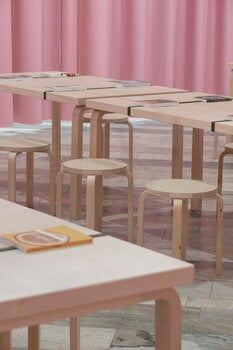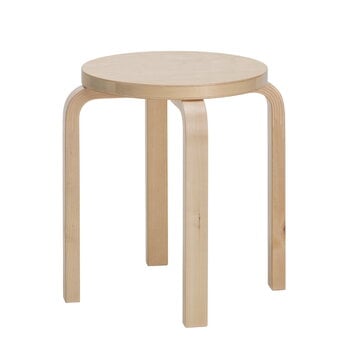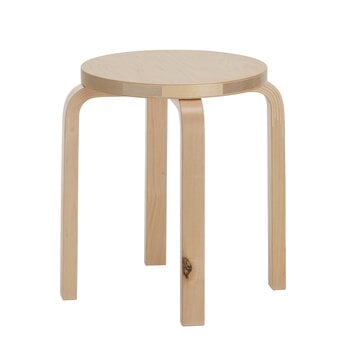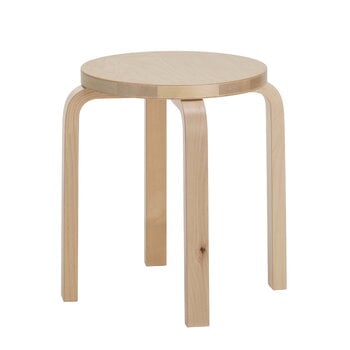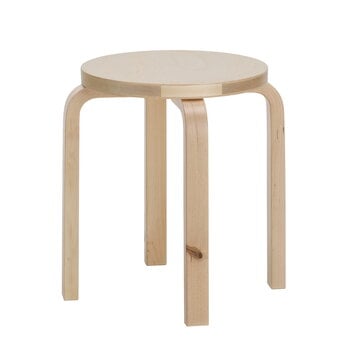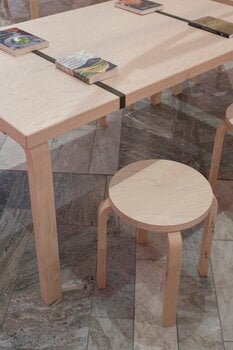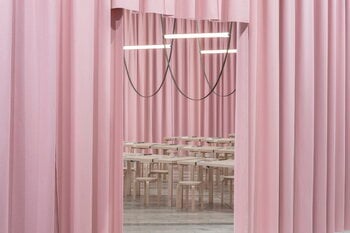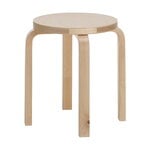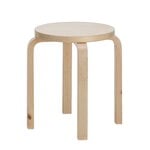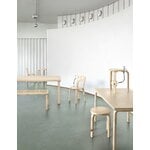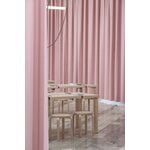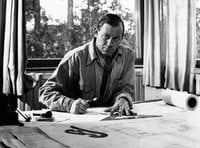Artek's Stool E60 celebrates the authentic beauty of birch wood: this stool is made of so-called wild birch that shows the material's natural variation in its entirety. The surface might have visible knots, marks or darker heartwood. In this four-legged stool, both the legs and the veneered seat are crafted from wild birch. The stool is made in Finland.
By using "wild birch", Artek wishes to challenge our expectations of visual uniformity in natural materials and to spark conversation about the need for a new, more sustainable aesthetic. Due to climate change, Finnish wood nowadays has more colour variations than before, as well as marks left by insects previously unseen in Finnish forests. These marks or knots do not affect the durability or usability of the wood but are only aesthetic limitations.
First introduced in 1933, the Aalto stool caused quite a sensation in the design world of its time due to its revolutionary L-leg structure. To bend the leg of Aalto’s stool, a piece of straight, solid birch is sawn open at the end in the direction of the fibres, forming the shape of a fan, with thin pieces of plywood then glued in the grooves. This structure makes it possible to bend the wood by heating or steaming it at the desired angle and when dry, it will have a very strong structure that can be easily attached to the seat.

